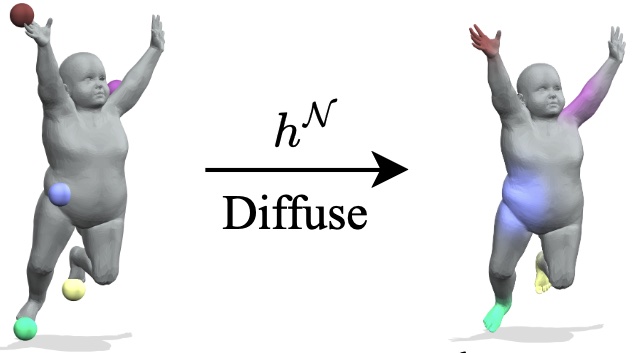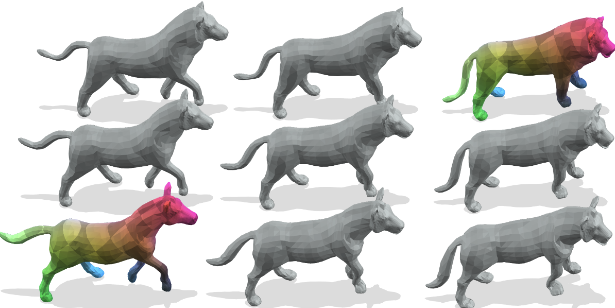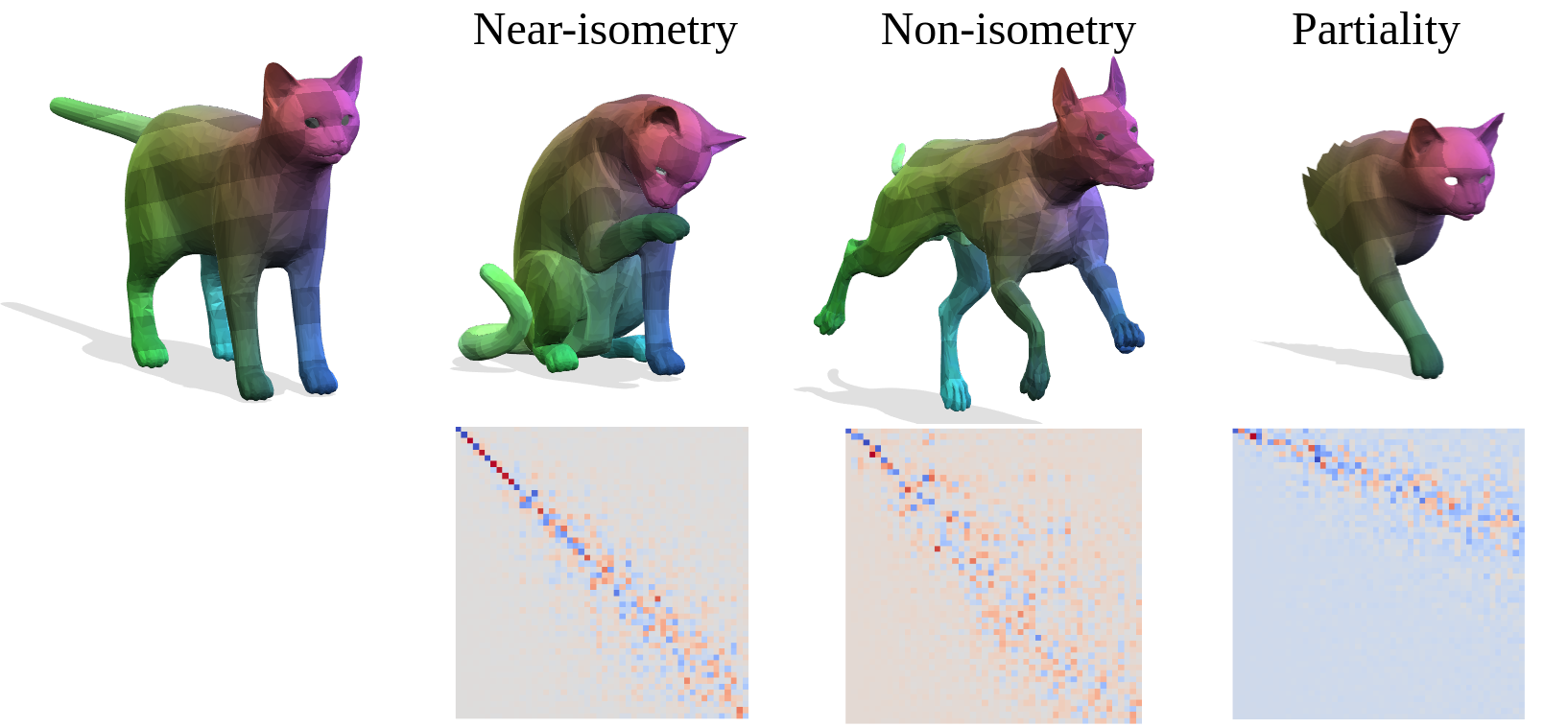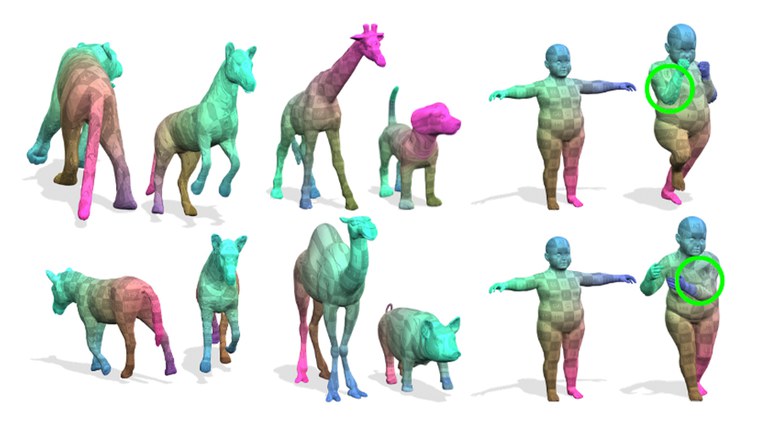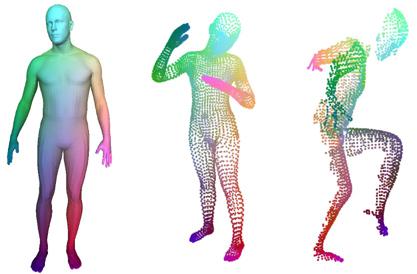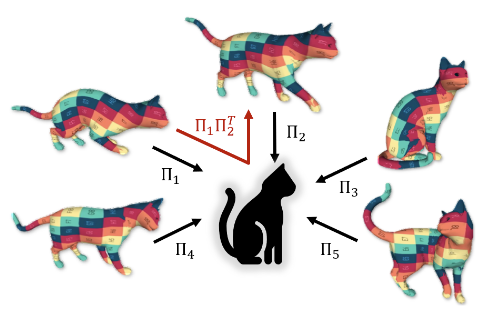Dongliang Cao
PhD student at the University of Bonn

I am Dongliang Cao, who is the PhD student at University of Bonn under the supervision of Prof. Florian Bernard in the visual computing group. Before that I received my computer science Master’s degree from the Technical University Munich (in 2022) and Bachelor’s degree from Tongji University (in 2019).
My research interest is related to shape analysis, including shape matching, shape generation, shape manipulation. If you have interest to collaborate with me, feel free to contact me.
🔥 News
| Feb 28, 2025 | One paper was accepted to CVPR! |
|---|---|
| Jan 22, 2025 | One paper was accepted to ICLR! |
| Oct 01, 2024 | Start a research internship in MPI for informatics! |
| Jul 01, 2024 | Two papers were accepted to ECCV! |
| May 30, 2024 | One paper was accepted to MICCAI! |
